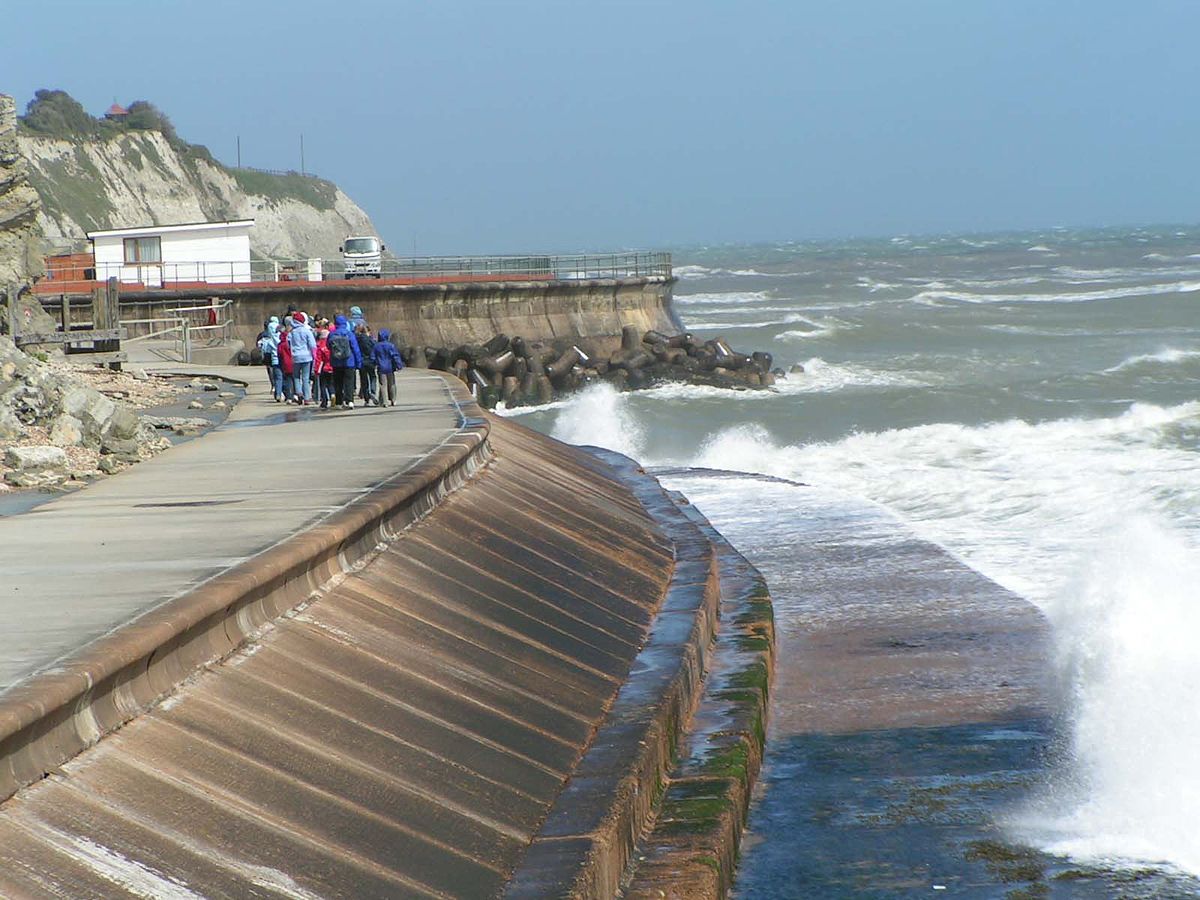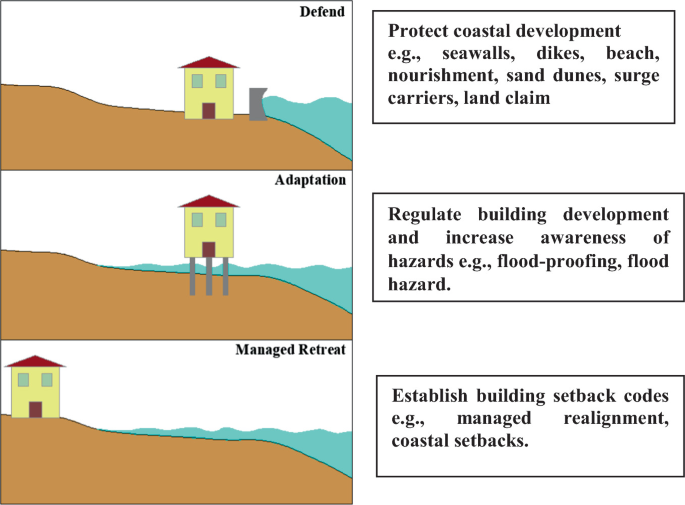What Does Shore Protect Team Mean?
Table of ContentsHow Shore Protect Team can Save You Time, Stress, and Money.What Does Shore Protect Team Do?What Does Shore Protect Team Mean?Shore Protect Team Fundamentals ExplainedThe 8-Second Trick For Shore Protect TeamGetting The Shore Protect Team To WorkSome Known Details About Shore Protect Team
Decrease in building value: As the location tourism is affected by erosion, so then is the economic climate. Customers are less most likely to search for a beach residence that could be ruined at any kind of moment by the upcoming flooding and disintegration emergency situation. In turn, property value can go down profoundly and impact the entire area.Whether a beach is just little and crowded or has to close completely for the safety and security of the environment and nearby residential properties, this significantly affects tourism. Subsequently, regional economic climates are affected (https://www.announceamerica.com/katy/business/shore-protect-team). Danger of injury: The increased threat of flooding and architectural failures triggers a boosted danger of injury to close-by vacationers and community participants

is home to more than 84,240 miles of coastline with 41% of it subjected to the open sea. Coastal designers are in fee of securing the coast against changes by reducing the destructive influences of both natural and synthetic occurrences. Coastline stablizing is directly related to their work. Waterside hotels: Due to the fact that coastline disintegration impacts tourist, it impacts the success of beachfront resorts.
Shore Protect Team Things To Know Before You Get This
This at some point leads to closures and deserted beachfront residential or commercial properties. Coastal commercial services: No travelers implies no organization. For those companies catering to residents, their residential property is at risk of damage from disintegration and flooding. Coastal state parks: State parks that exist along coastlines are at risk of damage. Not just to the manmade structures and residential or commercial properties on site, but additionally to the natural ecological communities that exist within.
Hard stabilization makes use of man-made frameworks as security to regulate erosion. Many forms of difficult stablizing like seawalls and sheet metal are not ideal for shoreline stabilization.
Getting The Shore Protect Team To Work
There's likewise inadequate proof of their effectiveness depending on the sort of shoreline and neighborhood conditions. Tough stabilization techniques tend to be harder to mount and don't match the all-natural aesthetic, standing out like a sore thumb and damaging neighborhood ecological communities in lots of situations. Coastline nutrients is the process of including shed sand and sediment back to beaches after disintegration has actually happened.
TrapBags aid in the process of beach nutrition by safeguarding all-natural ecological communities and permitting plants to expand. While this procedure can be costly and is not long-term, the pros tend to outweigh the disadvantages. TrapBag obstacles offer several properties that make them suitable for coastal and riverbank disintegration protection. They're: Eco-friendly: You can make use of native dirt both to surround and to fill the TrapBags.

The Best Strategy To Use For Shore Protect Team
They can likewise be mounted without any hefty machinery. Inexpensive: TrapBags are perfect for both tiny and big areas of shoreline.
The ideal seawall layout relies on location-specific facets, consisting of bordering disintegration processes. There are three main types of seawalls: vertical, rounded, tipped, and mounds (see table below).
All-natural barriers, such as coral reefs and mangrove woodlands, avoid the spread of tsunamis and the flow of coastal waters and reduced the flooding and surge of water. A cost-benefit strategy is an efficient means to figure out whether a seawall is suitable and whether the benefits are worth the cost.
The smart Trick of Shore Protect Team That Nobody is Talking About
A seawall is a static function which can contrast with the vibrant nature of the shore and restrain the exchange of debris between land and sea. Benefits and negative aspects of seawalls according to Short (1999) Benefits Disadvantages Long term remedy in contrast to soft beach sustenance (https://www.gamespot.com/profile/shrprtcttm/).

This can create beaches to dissipate, providing them ineffective for beach goers. Usually, seawalls can be a successful way to manage coastal disintegration, yet just if they are created well and out of materials that can withstand the pressure of ongoing wave energy. Some understanding is needed of the coastal procedures and morphodynamics details to the seawall area.
Unknown Facts About Shore Protect Team
The suitable seawall design counts on location-specific elements, consisting of surrounding erosion processes. There are 3 primary kinds of seawalls: vertical, bent, tipped, and mounds (see table listed below).
Natural barriers, such as reef and mangrove woodlands, stop the spread of tidal waves and the flow of seaside waters and minimized the flooding and surge of water. A cost-benefit approach is an effective means to determine whether a seawall is suitable and whether the advantages are worth the expense.
The Ultimate Guide To Shore Protect Team
A seawall is a static attribute which can contravene the dynamic nature of the coastline and hamper the exchange of sediment between land and sea. The table listed below sums up some favorable and negative effects of seawalls which can be utilized when comparing their efficiency with other coastal administration options, such as coastline nourishment. [] Benefits and downsides of seawalls according to Short (1999) Advantages Drawbacks Long-term service in comparison to soft coastline sustenance. lakefront stabilization.

This can create coastlines to dissipate, making them ineffective for beach goers. Generally, seawalls can be a successful method to manage coastal disintegration, yet just if they are built well and out of products that can endure the pressure of ongoing wave power. Some understanding is required of the seaside procedures and morphodynamics particular to the seawall place.